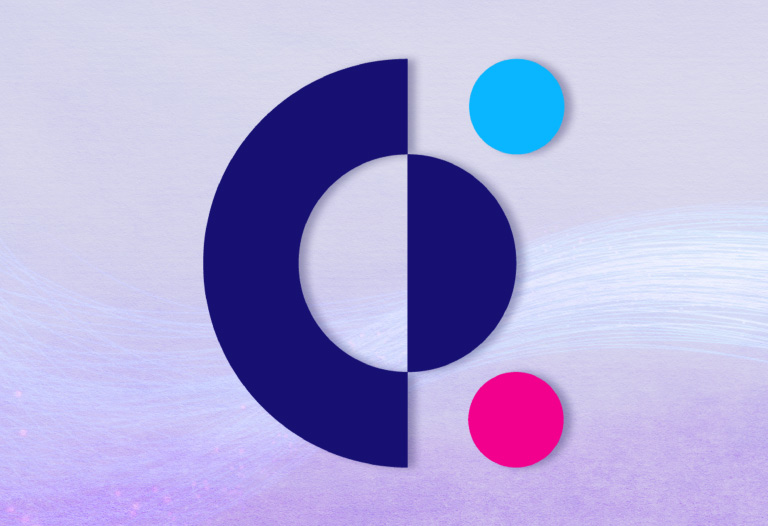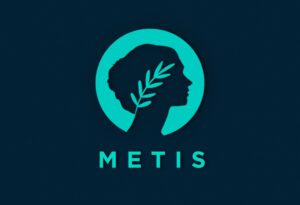
Table of Contents
ToggleYou may have ever heard about Covalent (CQT), a project aimed at offering its users a service known as REST API based on making it easier to develop applications on the blockchain. Everything offered by this project bases its operation on a decentralized network that uses the power of the blockchain to ensure proper operation, without failures or mishaps. If you don’t know what this project is, stay reading this article. We tell you all about how it works below.
As we already know, the world of cryptocurrencies is constantly changing and developing. Blockchain technology enables the growth of new networks and decentralized projects. One of these developments is represented by Covalent. Covalent is an API (application programming interface) that has the ability to unify various blockchain projects allowing developers to use the network to extract information from all compatible blockchains.
Thanks to this operation, it facilitates the development of applications with which on-chain data can be observed among other usage statistics in networks such as Polygon or the Ethereum network. With these advances, the technology is growing at exponential levels allowing the improvement of its uses, creating new use cases and empowering the crypto ecosystem.
Project History
The story of this project begins in 2018 when Ganesh Swami and Levi Aul, the creators of Covalent made the decision to create a company that could develop this project. Covalent had a first version published in a hackathon in 2017. The goal of this first version was to create a programming interface that would allow access to data from different websites through the use of technology. That is, to develop a REST API in order to connect the interface to the most important blockchains in the crypto world.
With the use of the first version, developers could use this tool to access data from all blockchains through a single API, which at the time was a great achievement. Through this mechanism, it would be possible to obtain information from networks such as Bitcoin without the need to program interfaces for each network, since the platform itself would provide the necessary data.
The developers of this project continued working for more than three years without a break under the same concept until finally, in the year 2021, specifically on April 29, the Covalent Network was launched. The Covalent Network is a blockchain powered by Moonbeam technology.
Currently, Covalent’s development team continues to work towards a direct implementation on Polkadot’s network with the objective of utilizing the parachain deployment capabilities offered by the Polkadot network.
Covalent’s development team seeks to address the infrastructure issues responsible for slowing the adoption of blockchain technology worldwide.

What are its objectives?
Like any project, Covalent has clear and defined objectives. One of the most important is to offer access to management and data services in which dApps developers can use the project’s REST API to obtain data from the blockchains indexed in the Covalent Network.
Covalent seeks to index data for each block on supported blockchains. This data includes addresses, TX Hash, Block Hash, State Transactions, Addresses, Registration Events, Token Operations, Contract Creation and Deployment, Tracking Events, Contract Interaction, among others.
All these supported data lead us to the fact that this project can offer its users a complete set of useful data that can be used to improve the performance and services of our applications. Therefore, Covalent allows us to have a greater availability of data that we can integrate. Covalent is able to index all the data and make it available in a single API, without the need for previous configuration and deployment steps.
A highlight of this project is its ability to allow developers to easily and quickly create financial solutions by leveraging “building blocks” from various projects. This feature is made possible by the project’s multi-chain functionality linked to its development API.

How does Covalent work?
The first thing to know is that Covalent’s entire operation is based on “data sink“, a data collector system in charge of receiving all the information from the interconnected blockchains and then classifying this data in the “block-specimens“. This is how the platform can collect all the information from various blockchains and create a large index that we can access in search of data whenever we want.
To store all this data, there is a clear problem and that is the storage capacity. To get an idea, the Ethereum blockchain alone occupies more than 9 TB of information, and it is only one of the many that interconnect their data with Covalent. To address this problem, Covalent developers have created a working structure in Covalent Network that facilitates the solution to the problem. This structure has several elements that we will see below:
-
- Validators. These are nodes designed to ensure that data arrives correctly to the Covalent Network and that it is accurate and truthful. They also perform two vital tasks. The first is to ensure that the data in the network is correct and the second is to keep the network participants operating honestly.
-
- Block-specimens producers. These producers are responsible for executing the aforementioned data sink. To do this, the producers execute a node of the network to which they perform the data sink and from the data extracted from the node they are classified depending on the needs of the network. Another way of calling them is as “data miners”.
-
- Indexers. The function of the indexers is based on producing and publishing the results in the Covalent network, i.e. they obtain the data to later check its accuracy and finally publish the results in the Covalent storage network.
-
- Responders. This part of the system is responsible for receiving data requests and providing a response to this request. There are two types of responders. One of them are the Storage Request Responders and others are the Query Request Responders.



